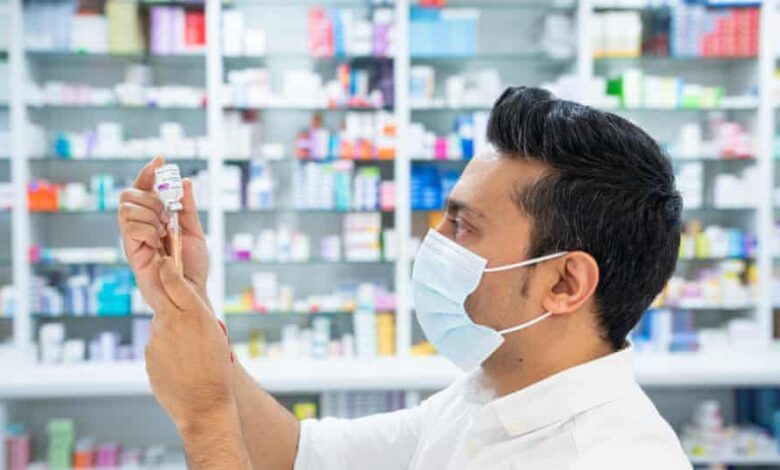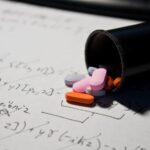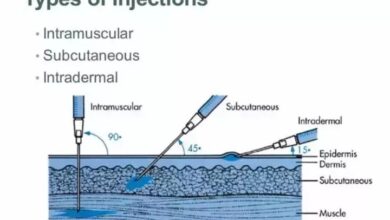Why Is Drug Safety Important?

Drug safety relates to the potential for adverse effects related to the administration of drugs. Efforts to establish the safely profile of drugs begin early in their development, with in vitro and in vivo toxicity testing, and continue through clinical trials leading up to drug approval and following approval in specific post-marketing studies or general pharmacovigilance efforts.
According to studies, the number of deaths attributed to adverse drug reactions by death certificates and by the Food and Drug Administration’s (FDA) spontaneous post-marketing surveillance system (MedWatch) indicates that the proportions of men and women were similar, and the majority of deaths involved persons 60 years of age and older. However, available data on overdose indicates that young people constitute the majority of victims.
Accidental drug overdose is currently the leading cause of death in the United States for those under 50. Drug overdose deaths now exceed those attributable to firearms, car accidents, homicides, or HIV/AIDS. More Americans died from a drug overdose in 2017 alone than died in the entire Vietnam War.
Most of these deaths are preventable, but the “tough on crime” rhetoric of the decades-long drug war and the stigma associated with drug use have blocked the widespread adoption of life-saving overdose prevention and treatment policies.
Why drug safety is important
Drug safety is very important because it is the main aspect of medical therapy that can play a major role in deciding which drug should be given to a patient considering the concept of benefit–risk balance. The main goals of drug development are effectiveness and safety. Because all drugs can harm as well as help, safety is relative. The difference between the usual effective dose and the dose that causes severe or life-threatening side effects is called the margin of safety. A wide margin of safety is desirable, but when treating a dangerous condition or when there are no other options, a narrow margin of safety often must be accepted. If a drug’s usual effective dose is also toxic, doctors do not use the drug unless the situation is serious and there is no safer alternative.
The most useful drugs are effective and, for the most part, safe. Penicillin is such a drug. Except for people who are allergic to it, penicillin is virtually nontoxic, even in large doses. On the other hand, barbiturates, which were once commonly used as sleep aids, can interfere with breathing, dangerously lower blood pressure, and even cause death if taken in excess. Newer sleep aids such as temazepam and zolpidem have a wider margin of safety than barbiturates do.
Designing effective drugs with a wide margin of safety and few side effects cannot always be achieved. Consequently, some drugs must be used even though they have a very narrow margin of safety. For example, warfarin, one of the drugs that is taken to prevent blood clotting, can cause bleeding, but it is used when the need is so great that the risk must be tolerated. People who take warfarin need frequent checkups to see whether the drug is causing the blood to clot too much, too little, or appropriately.
Clozapine is another example. This drug often helps people with schizophrenia when all other drugs have proved ineffective. But clozapine has a serious side effect: It can decrease the production of white blood cells, which are needed to protect against infection. Because of this risk, people who take clozapine must have their blood tested frequently as long as they take the drug.
To help ensure that their treatment plan is as safe and effective as possible, people should keep their health care practitioners well informed about their medical history, drugs (including over-the-counter drugs) and dietary supplements (including medicinal herbs) that they are currently taking, and any other relevant health information. In addition, they should not hesitate to ask a doctor, nurse, or pharmacist to explain the goals of treatment, the types of side effects and other problems that may develop, and the extent to which they can participate in the treatment plan.
Conclusion
In conclusion, drug safety ensures that patient’s safety and wellbeing is safeguarded throughout the entire drug development lifecycle, including when the drug is readily available on the market. This ensures that a development process is stopped, or that an approved drug is pulled from the market when the need arises. The importance of Drug Safety is highlighted by variety of outstanding drug withdrawals in recent years. Each of these withdrawals was preceded by severe or fatal adverse effects that had been unrecognized or underappreciated at the time of approval.
In many ways, drug safety helps to keep the wheels of the pharmaceutical industry moving by safeguarding the health of the population it serves. The nature of drug safety means that it works on a very cross-functional basis. Therefore, the influence and value which it can add to other aspects of public health and business is tremendous.





